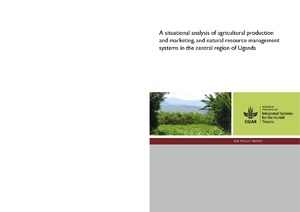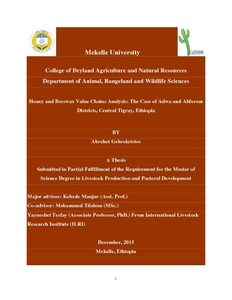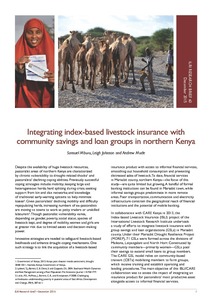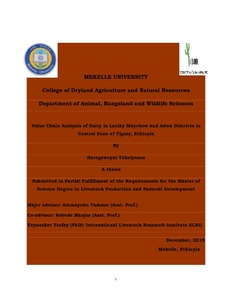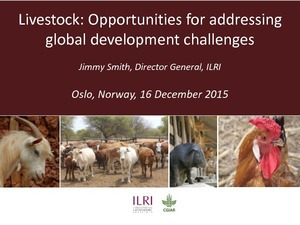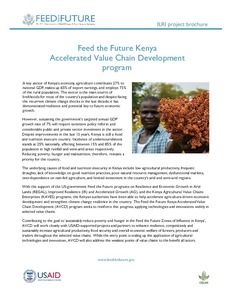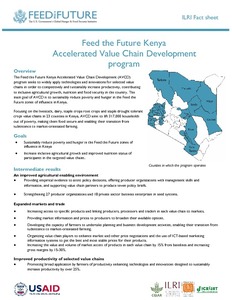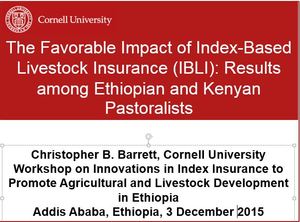Enclosing the commons: reasons for the adoption and adaptation of enclosures in the arid and semi-arid rangelands of Chepareria, Kenya
The adoption and adaptation of enclosures in the arid and semi-arid rangelands of sub-Saharan Africa is driven and
sustained by a combination of factors. However, reviews indicate that these factors cannot be generalized, as they
tend to be case specific. A study was therefore conducted to explore the history and reasons for enclosure establishment
in Chepareria, a formerly degraded communal rangeland in north-western Kenya. While Vi-Agroforestry Organization
accounting for 52.5 % was the main source of knowledge on enclosure establishment; it has now emerged




